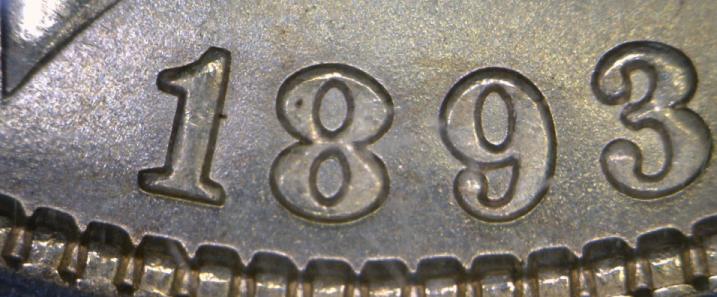This one’s a bit different. Following the Civil War, speculation in the railroad industry ran rampant. That, combined with an economy roiled by the post-war years, spurred a crisis in 1873. Twenty years later, those same factors led to another panic that crippled the government’s finances. The collapse of a railroad construction boom caused a run on banks’ gold reserves (which then backed the currency) and sharply diminished the country’s gold supply. J.P. Morgan would eventually step in to effectively bail out the government by “sell[ing] $65 million in gold bonds for the U.S. Treasury.”
Just over a century later, the tables would be turned. But we’ll get to that in a bit.
